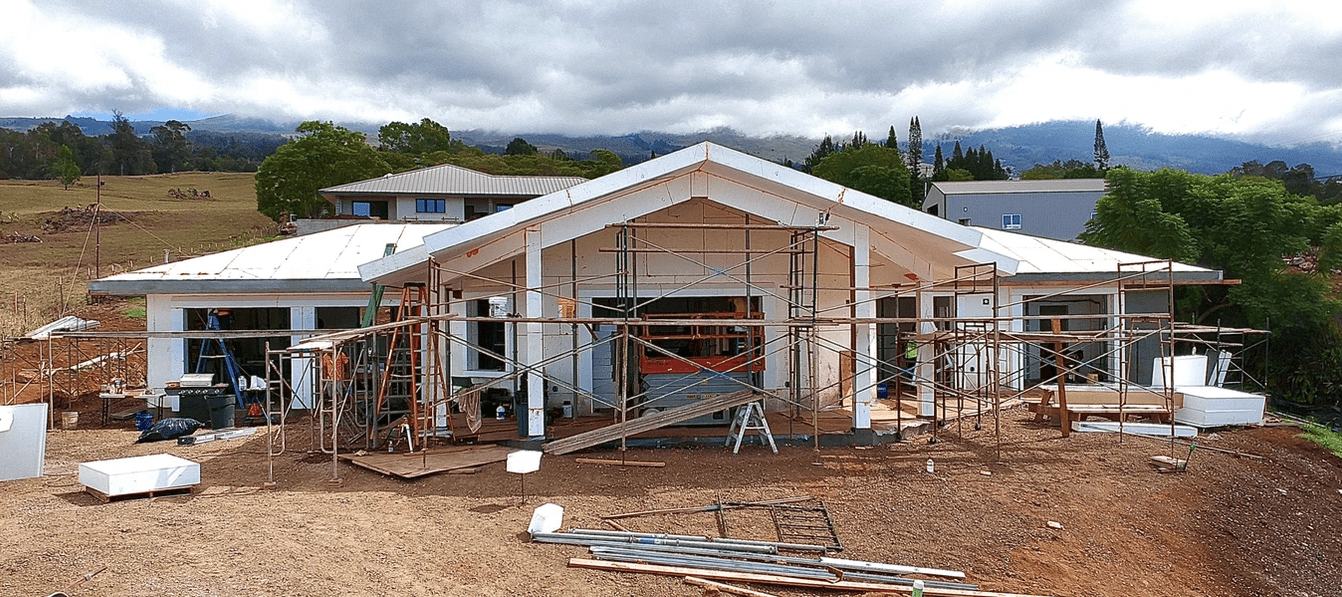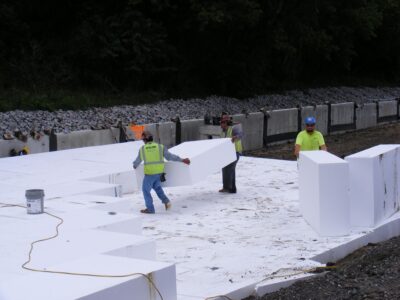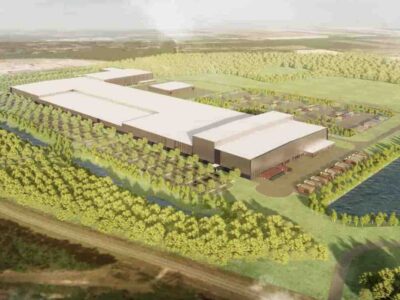An unlikely technology is changing the future of home building by creating energy-efficient, sustainable home materials that replace traditional lumber. Various companies and nonprofits in Arizona are using innovative new 3D printing techniques to not only build greener homes but also to help fill the current financial gap in the home market.
There’s a current shortage of more than 7.2 million rental homes for low-income renters across the U.S., and 3D home-building technology is helping create more affordable homes with less environmental impact. It’s also taking a bite out of the massive home construction carbon footprint, estimated to be responsible for almost 40% of carbon emissions worldwide.
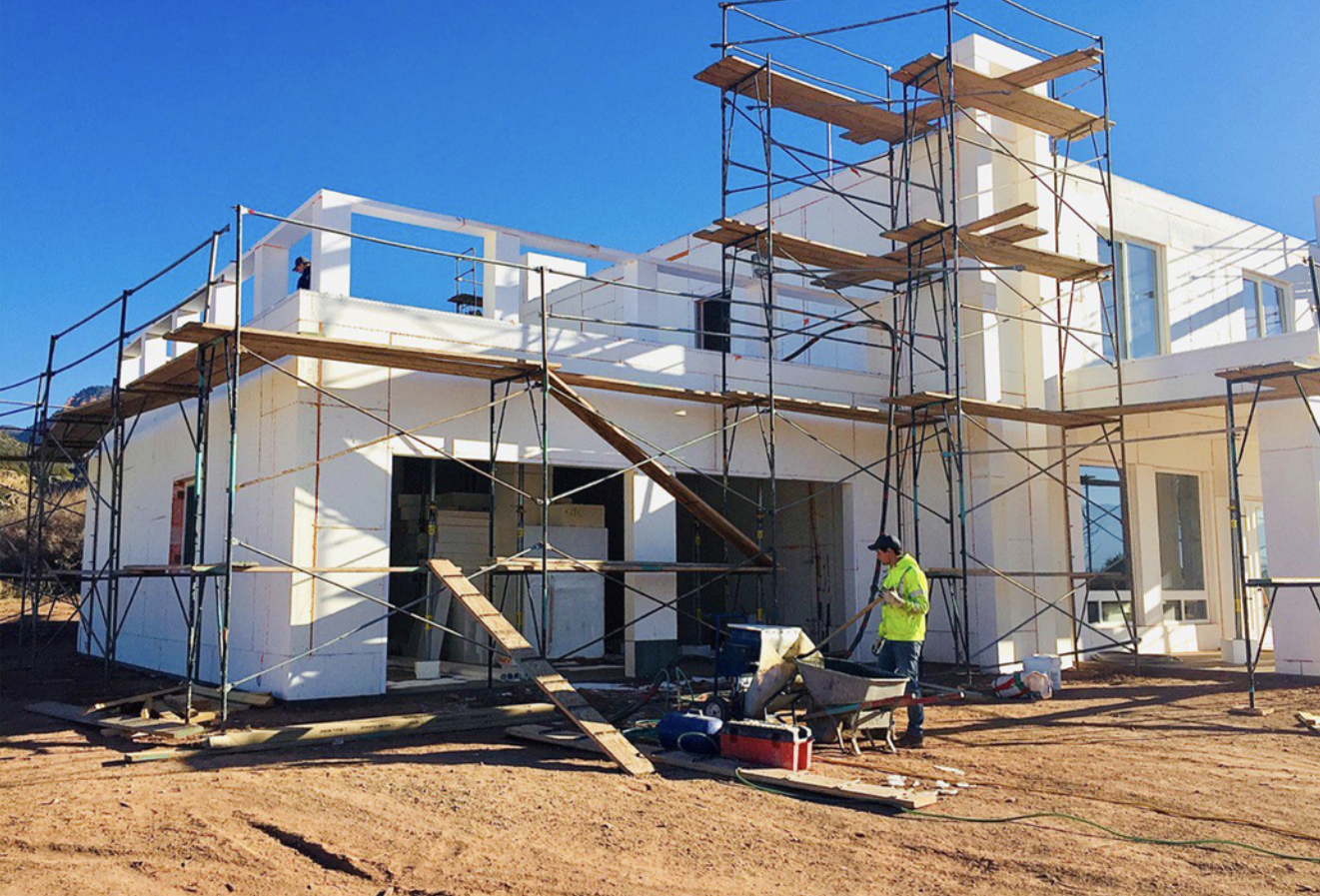
In the Grand Canyon State, Phoenix-based Strata International Group is building homes out of concrete foam using a system it calls SABS™. It uses an expanding polystyrene foam, similar to Styrofoam, as the basic construction material.
The material is not fully sustainable as it’s made of petroleum waste products. However, it eliminates many wasteful steps in the home build process — no steel or lumber is required. Removing these products means fewer emissions, less environmental impact on forests, and significant cost savings.
With supply chain issues and inflation raging, the SABS™ process solves many problems simultaneously. The actual printing-building process is also far less intensive. SABS™ uses a printer to print thin layers repeatedly until a whole wall, floor, or ceiling is complete. Workers then assemble the printed pieces and install insulation between layers. The final home is far more energy efficient than traditional lumber construction because concrete and insulation better sustain the home’s internal temperature.
Habitat for Humanity is one of several nonprofits using SABS™ 3D printing to build homes. The company recently constructed the first 3D-printed home in Arizona on a lot purchased from the city of Tempe.
“This is really a moonshot opportunity for Habitat for Humanity Central Arizona,” said Jason Barlow, president and CEO of Habitat Central Arizona. “When we consider the housing issues facing Arizona, the need for affordable homeownership solutions becomes clear. If we can deliver decent, affordable, more energy-efficient homes at less cost, in less time, and with less waste, we think that could be a real game-changer. Think of the implications.”
The homes are designed and built to last as long as 500 years. And even in the often white-hot summer of Arizona, the completed 3D printed houses rarely need air conditioning!
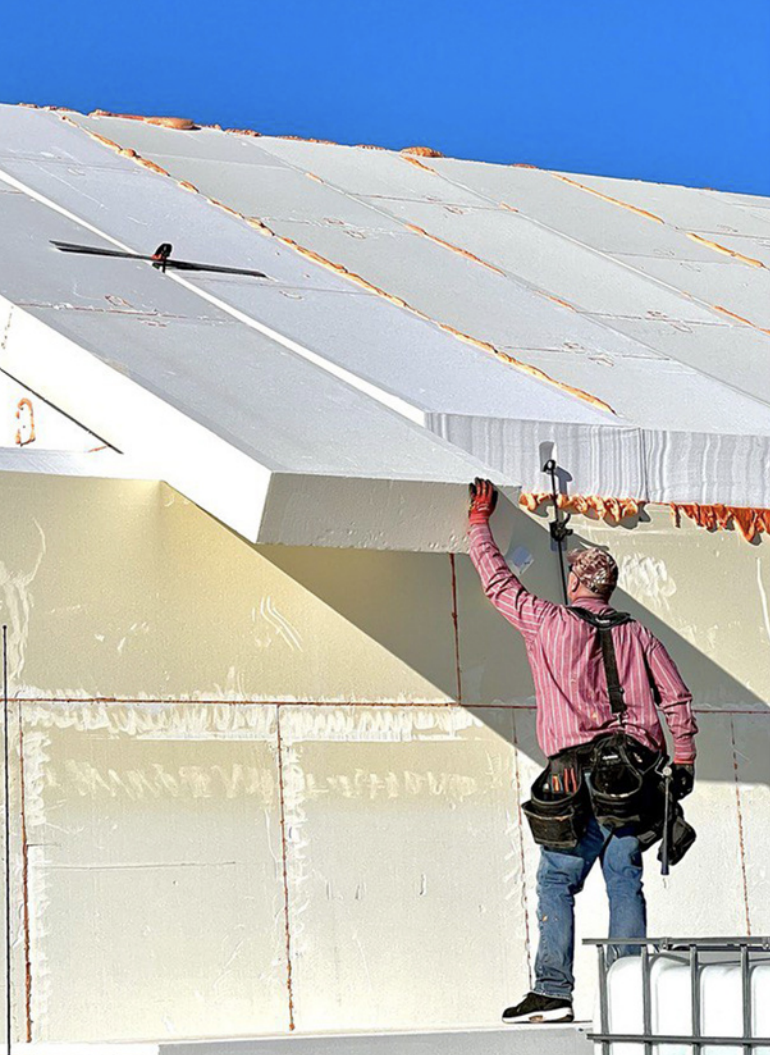
“We’ve heard from the family who lives in the home that the air conditioning doesn’t really come on much,” said Dusty Parsons, Habitat for Humanity’s chief marketing officer. “When it does, it’s only on for a few minutes; the house … stays very, very cool because it’s a solid double wall of concrete with foam insulation.”

